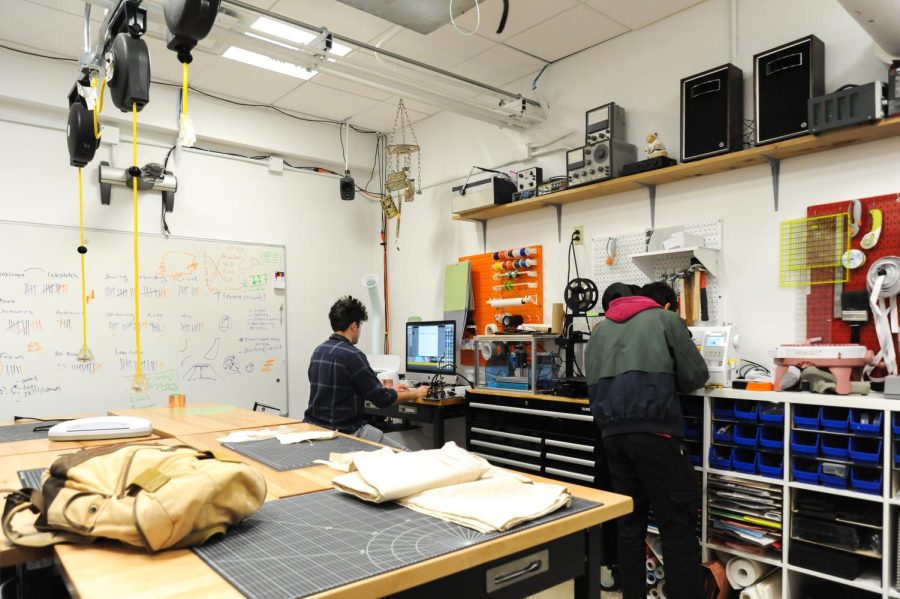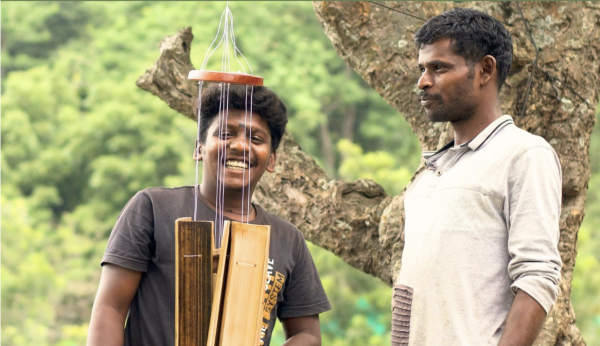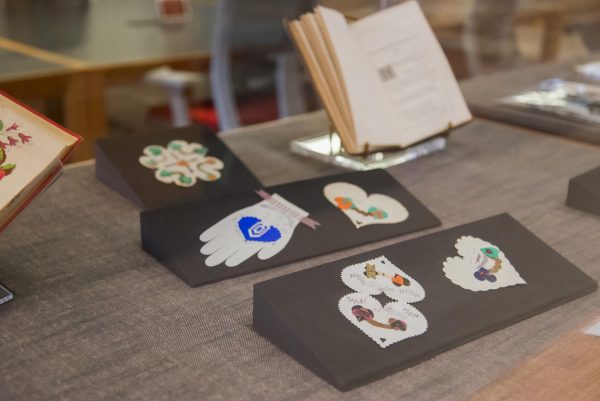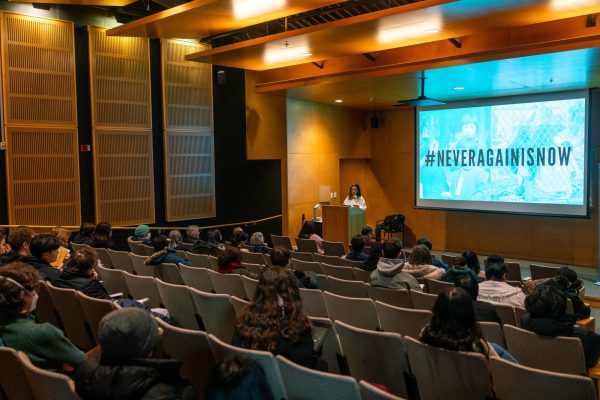Students Eager to Utilize Makerspaces, Face Barriers to Entry
A makerspace is an environment dedicated to tinkering, designing, inventing, and collaborating. It’s a place where students can actualize far-out ideas with laser cutters, sewing machines, and 3D printers and nosily watch as peers build musical light bulbs or wearable synths.
Many Oberlin students are eager to access these kinds of spaces; we’re a crafty bunch. However, makerspaces are often inaccessible to those not enrolled in specialized academic programs. The Art Fabrication Lab, for instance, is a highly sought after resource typically only available to Studio Art students. Even harder to access is the Theater department’s set shop which, according to student employee College second-year Elijah Freiman, is only authorized for use by theater professionals.
In years past, students had the option of visiting Wilder Hall to use the craft supplies in the craft room and the fabrication materials in the Oberlin Student Makerspace. The craft room — where students can find sewing machines and looms — is still open, but it is meagerly stocked with supplies, the door is unlabeled, and, according to Director of Student Involvement Tina Zwegat, it will be closed for renovations beginning in December.
Organizations that primarily utilized this space are inactive this semester, and many former student leaders have recently graduated. Abe Reshad, director of language technology and academic support, said that the current inactivity of the organizations can be mainly attributed to COVID-19, which temporarily made it impossible for clubs tied to physical spaces to exist and for knowledge to be passed down between student officers. Reshad teaches and oversees 3D printing in Oberlin’s Language Lab, and he has aided makerspace club members in using 3D printing technology in the past. Now, he’s hoping to help rustle up enough student interest to restart the organization.
“I think it’s really valuable to have a space where students can create things … especially physical ones because everything’s so digital right now,” Reshad said. “There’s a lot of learning that takes place in a space like that.”
Luckily, there are other accessible makerspaces on campus. The TIMARA makerspace, located in the basement of Bibbins Hall, is home to a treasure trove of equipment for students interested in electronics, craft, and the exciting intersection of the two. The room that it’s housed in is small, and there isn’t enough space or equipment for large numbers of students to use it simultaneously, but Abby Aresty, the technical director and lecturer for TIMARA, says that the space is “slowly scaling up,” while also making an effort to prioritize safety and cost-effectiveness.
“Our goal is always to increase the accessibility of the space, but to do so in a way where we don’t completely overwhelm ourselves,” Aresty said. “We have a sewing machine, an embroidery machine, a knitting machine, a 3D printer, a desktop mill used for circuit fabrication, and more recently, we purchased a laser cutter, which can be used for fun projects like paper speakers or flexible circuits,” she said. “That’s the range of tools — everything from electronics to more craft-based stuff, and ideally we kind of blend them together when possible.”
Aresty highlighted fascinating student works that exemplify this blend of the technological and the tactile. Take, for instance, a “pillow synthesizer,” which makes a range of noises when pressed in different spots.
Fourth-year TIMARA major and makerspace Teaching Assistant Gabriel Baskin has been involved with the space since fall of 2019, although his involvement in the beginning mostly involved cleaning up student messes. Baskin said that his time working in Aresty’s labs has helped him develop skills in different technologies in the space, motiviating him to lead workshops in some of those techniques.
“I think having exposure to tools and techniques broadens the horizons of what you can envision yourself doing,” Baskin said. “I think even the fact that an embroidery machine is available will inspire students to make embroidery, … and that can be said for many of the tools in here. … There’s a lot you can come up with on your own, but you cannot be introduced [to every tool] yourself. I think spaces like these are really the locus of education.”
Thinking about other makerspaces in the area, Aresty recommended that students with access to transportation make use of the Fab Lab at Lorain County Community College — about half an hour away — and the Sears think[box] at Case Western Reserve University, about an hour away. Both of these facilities are free to use and have considerably more hours of availability than Oberlin makerspaces do. As far as on-campus resources, Aresty admitted that they are “dispersed,” but she excitedly encouraged interested students to reach out to professors or get involved with some type of crafting space as an entry point into learning more about other crafting-related opportunities and resources.
“The more that people interact with that sort of ‘hands-on’ world, the more they can make connections and build up different skills,” Aresty said.
Second-year College students Elijah Freiman and Sean Norton are determined to do exactly that; they want to make use of all crafting resources openly available on campus. According to Norton, they were turned away from the Studio Art and Theater fabrication spaces, only to find that the makerspace in Wilder Hall was stopping operations. Then, by scouring the Oberlin website, Norton found mention of the fabrication lab in the Physics Department’s Wright Laboratory.
Norton reached out to Professor of Physics Jason Stalnaker, who oversees the fabrication space in the laboratory, and asked if he could be trained in order to use the space. Stalnaker agreed, and both Norton and Freiman underwent a nine-hour-long shop training.
“Eventually, [Stalnaker] showed us the list of people certified to use the machine shops, … and there were only two people other than us,” Norton said. “One of them had graduated in 2018, and the other had graduated last year … It was a totally underutilized space by the student body.”
So, what did Norton and Freiman do once they’d been certified to use the space? They made a cider press, of course. Now Freiman’s dorm room has become an apple cider factory, and they are giving away gallons of the stuff to their friends.
“[Stalnaker] made the point today that we could have saved ourselves lots of man hours and a good amount of money by purchasing a juicer,” Freiman said, laughing.
For makers determined to persevere after having difficulty accessing resources in certain departments, there are fabrication labs available for use and mentors willing to help. However, limited hours, finances, and amounts of physical space can make it difficult for makerspaces to widely publicize their resources and for less persistent craft hobbyists to get involved. Norton, Freiman, Aresty, and Baskin all expressed a desire for these barriers to entry to be lowered and for access to makerspaces to be expanded. Oberlin is a campus full of creatives, and more accessible makerspaces would mean more opportunities for exploration, experimentation, and self-expression, and would allow imaginative people to bring their eccentric ideas into reality.











